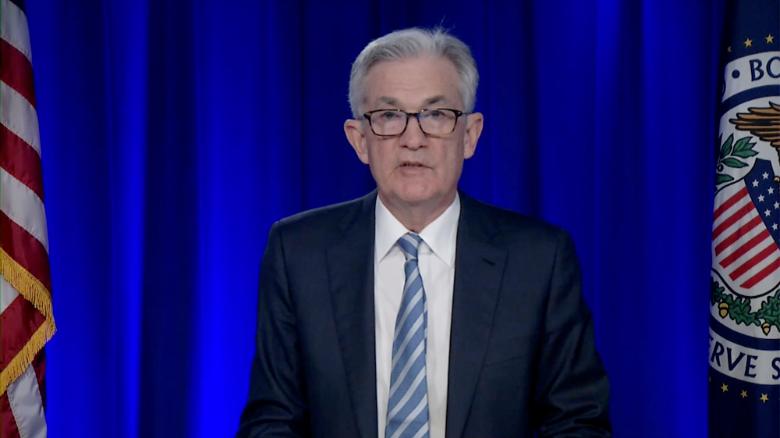By Kathy Lien,
Wednesday’s Federal Reserve and Bank of Canada monetary policy announcements are the most important events on this week’s calendar. After Monday’s bigger moves, the U.S. and Canadian dollars have fallen into tightened trading ranges. This contrasts with the stocks which sold off hard in Asia and resumed their slide during the NY session ahead of the Federal Reserve’s announcement. The wild volatility in the equity markets is a sign that investors are nervous about how hawkish both central banks will be tomorrow.
The Federal Reserve is widely expected to signal a rate hike in March that would kick off a series of tightening measures. The latest swings in the stock market have shaved expectations for a 50bp hike at the next meeting but 25bp is priced in completely with an expectation for a total of 100bp of tightening in 2022. The U.S. dollar’s latest consolidation confirms these expectations which means that for the greenback to extend its gains, the Fed needs to be very hawkish.
With inflation growing at its fastest pace since December 1982, Federal Reserve Chairman Powell has no choice but to kick off the central bank’s first rate hike since 2015. The persistence of supply chain shortages and continued strength in commodity prices means inflation could stay uncomfortably high for a very long time without sufficient policy response. The Fed hoped that weaker demand would slow growth as there are signs everywhere of the recovery peaking but it hasn’t and they can no longer afford to wait.
The question now is the roadmap.
If Powell confirms that rate hikes will begin in March and suggests that they need to aggressively control inflation with more than 4 rounds of tightening, the U.S. dollar should soar against all of the major currencies. However anything short of that could trigger a relief rally in equities and currencies that eases demand for U.S. dollars. This could come in the form of the Powell suggesting that inflation could normalize quickly after a few rounds of tightening or he could emphasize that further hikes are contingent on economic performance. Powell could also say they are not pre-committing to any course of tightening but that’s unlikely.
The real question is how much will inflation fall in reaction to the first rounds of tightening and will that be enough. If they believe the decline could be quick and significantly their guidance could be less hawkish. However if they think that it will take aggressive efforts to shift price trends, then significant hawkishness may be warranted. Which way the central bank leans will determine not only how currencies and equities trade after FOMC but for the rest of the week.
Canadian dollar traders will also be watching the Bank of Canada’s monetary policy meeting. The BoC makes their announcement before the Fed tomorrow and volatility in the CAD is assured. The majority of economists do not expect a rate hike this month but the market is pricing in 75% chance of quarter point move and the Canadian dollar is trading higher ahead of the rate decision. Although many provinces in Canada reintroduced restrictions in the latest COVID-19 surge, the labor market is strong and inflation is hot. More precisely, employment is at a record high and prices are growing at their fastest pace in three decades.
The BoC was one of the first central banks to reduce stimulus providing during the pandemic and with the economy chugging along, they could surprise with a rate hike. If the BoC jumps the gun and raises interest rates, USD/CAD could tumble back towards 1.25 although with the Fed meeting a few hours later, the loonie biggest moves should be against EUR, GBP, AUD or NZD. If the BoC underdelivers and leaves interest rates unchanged, investors will be looking to sell Canadian dollars.



